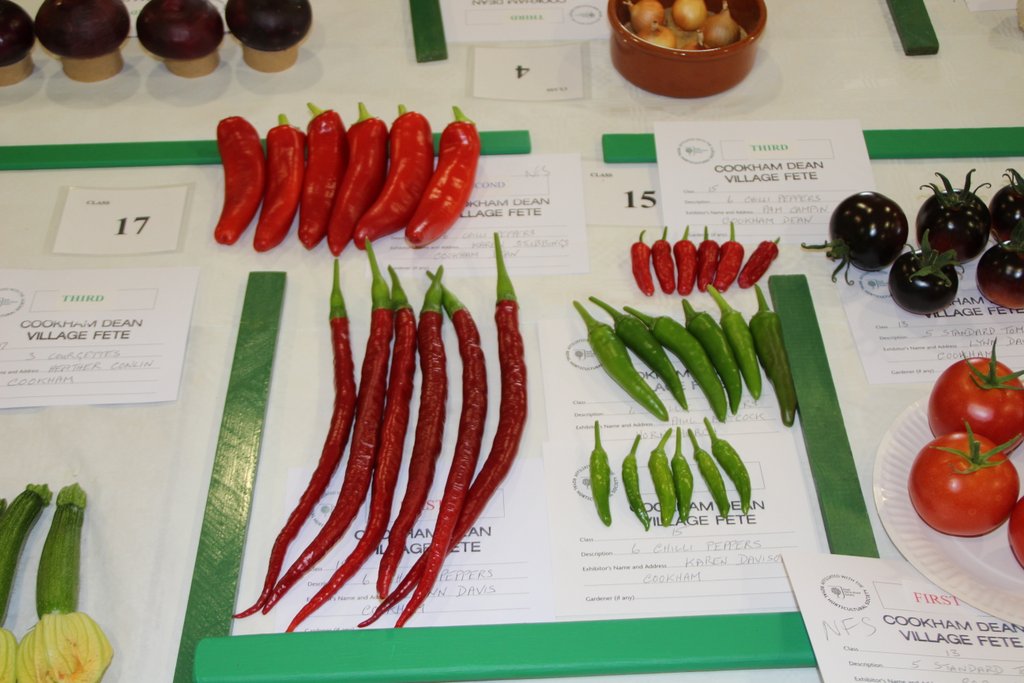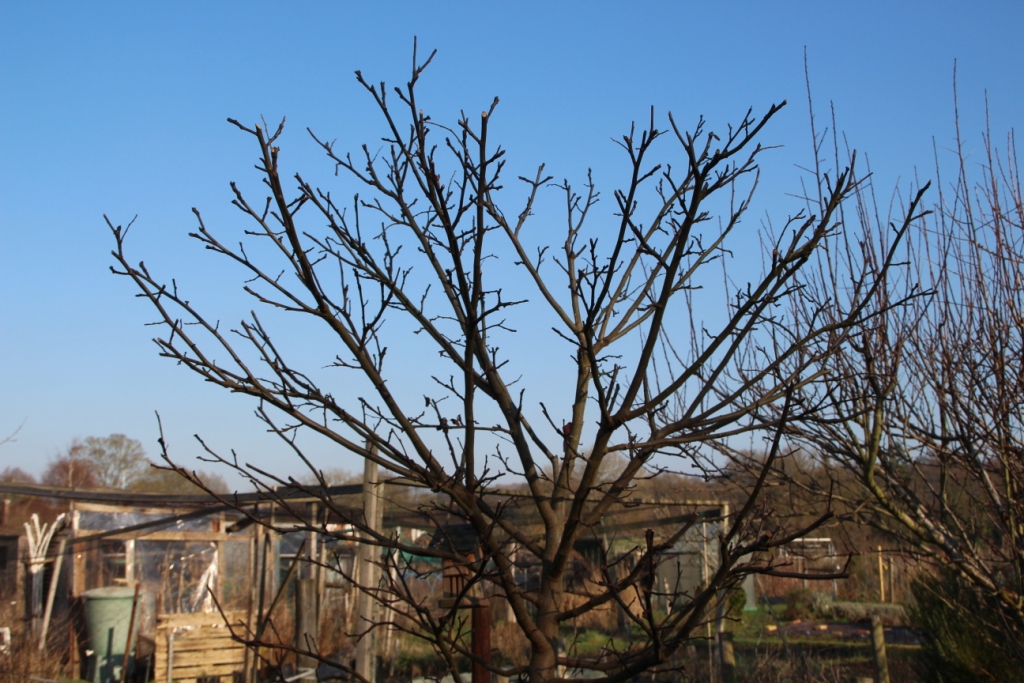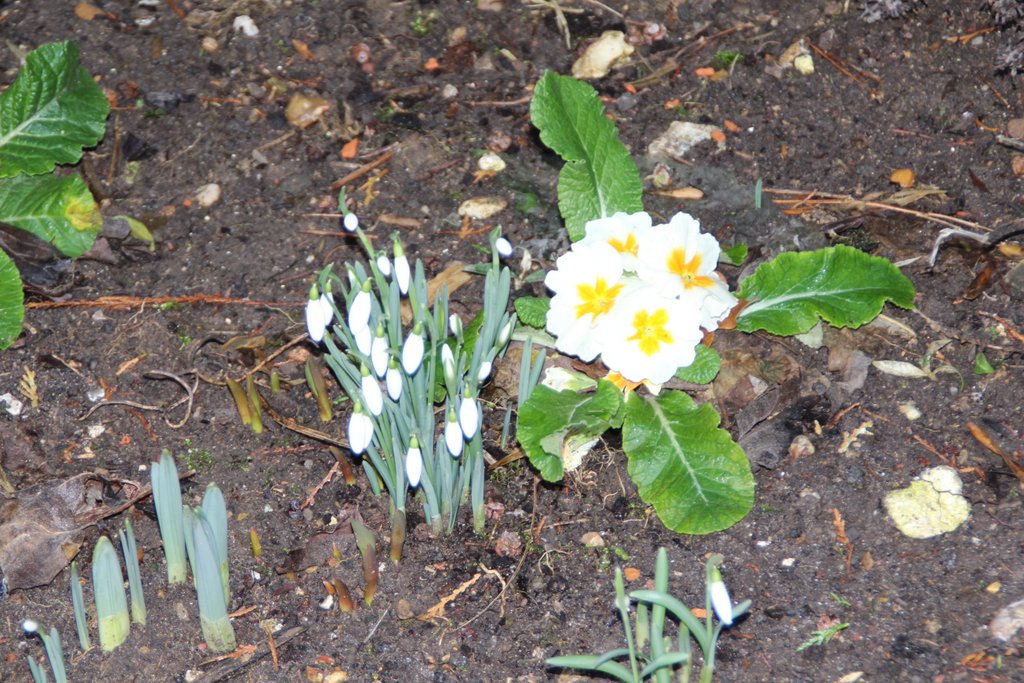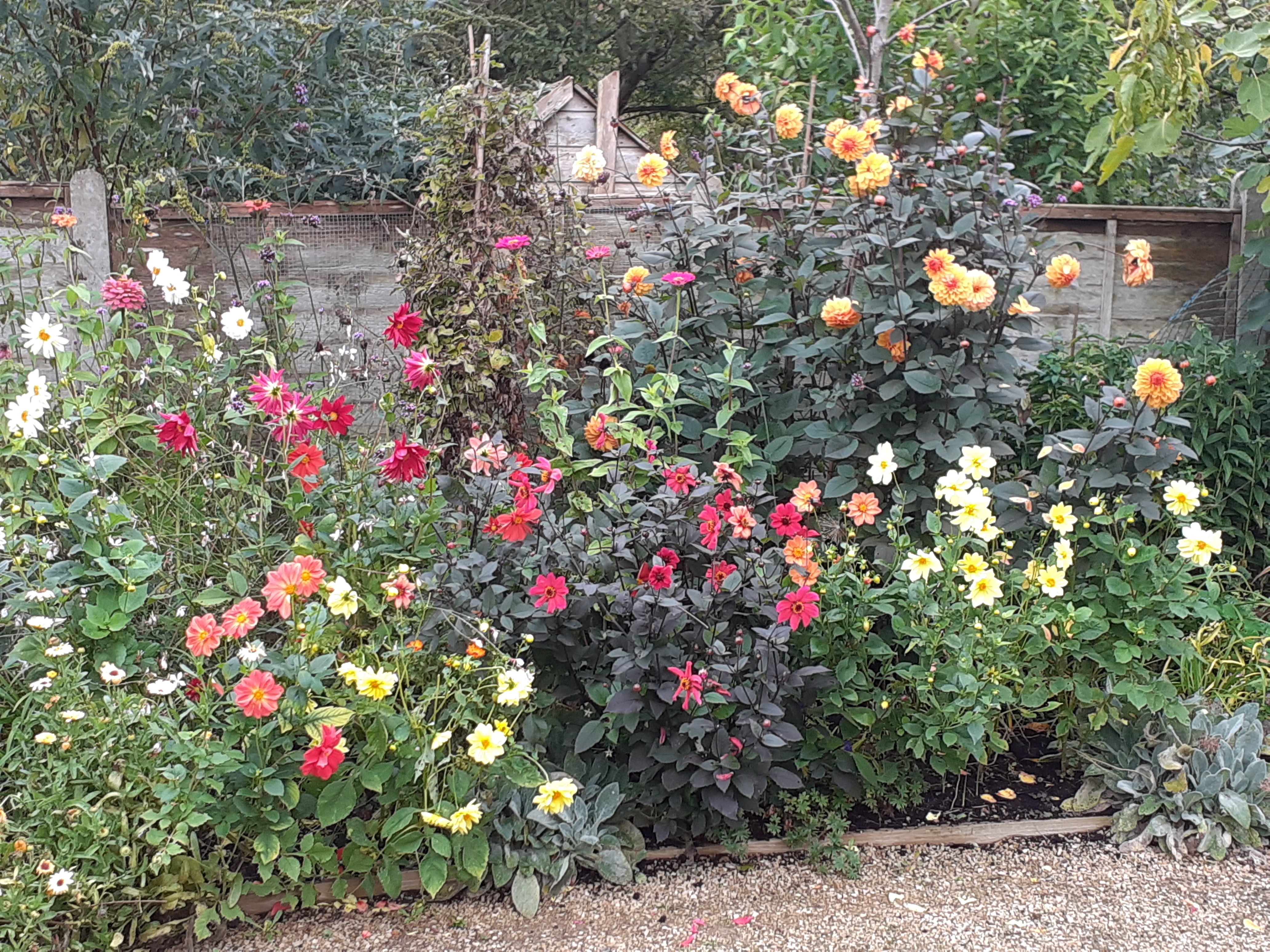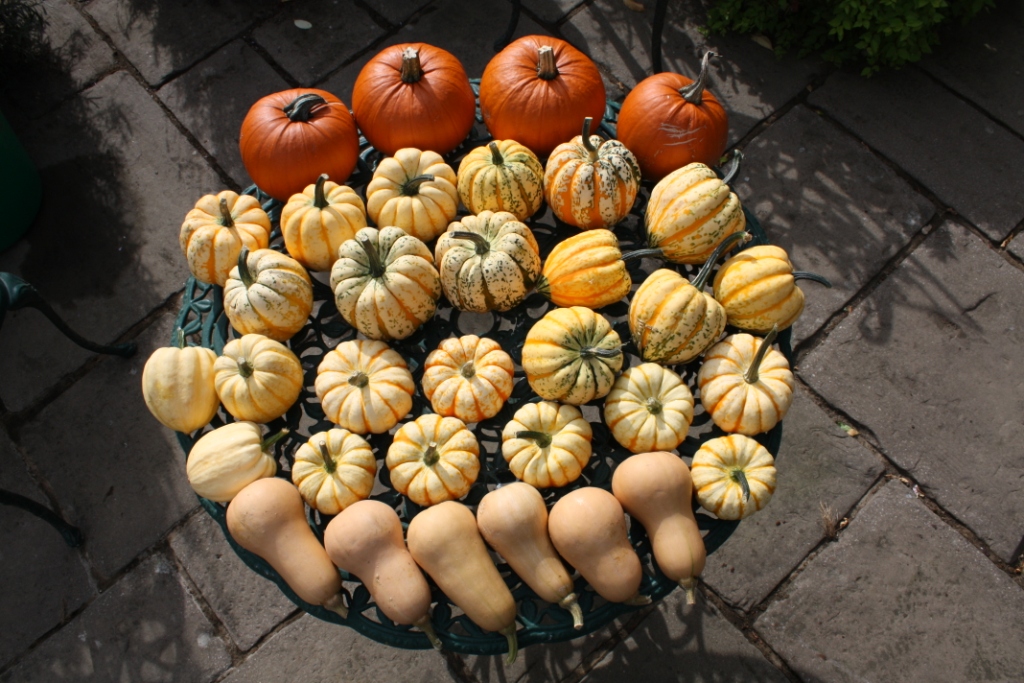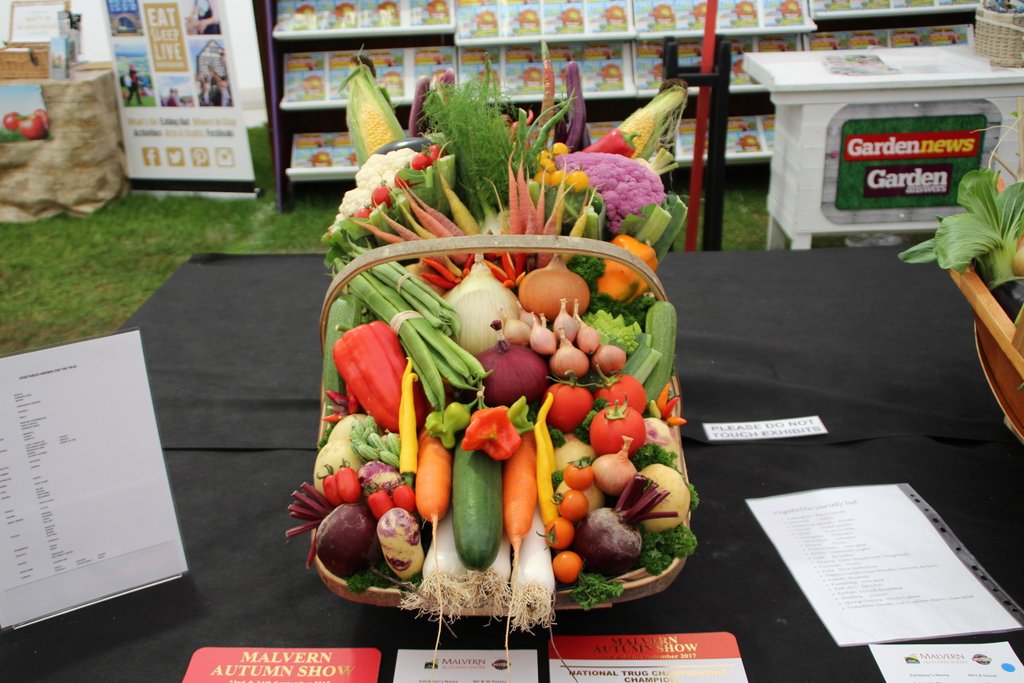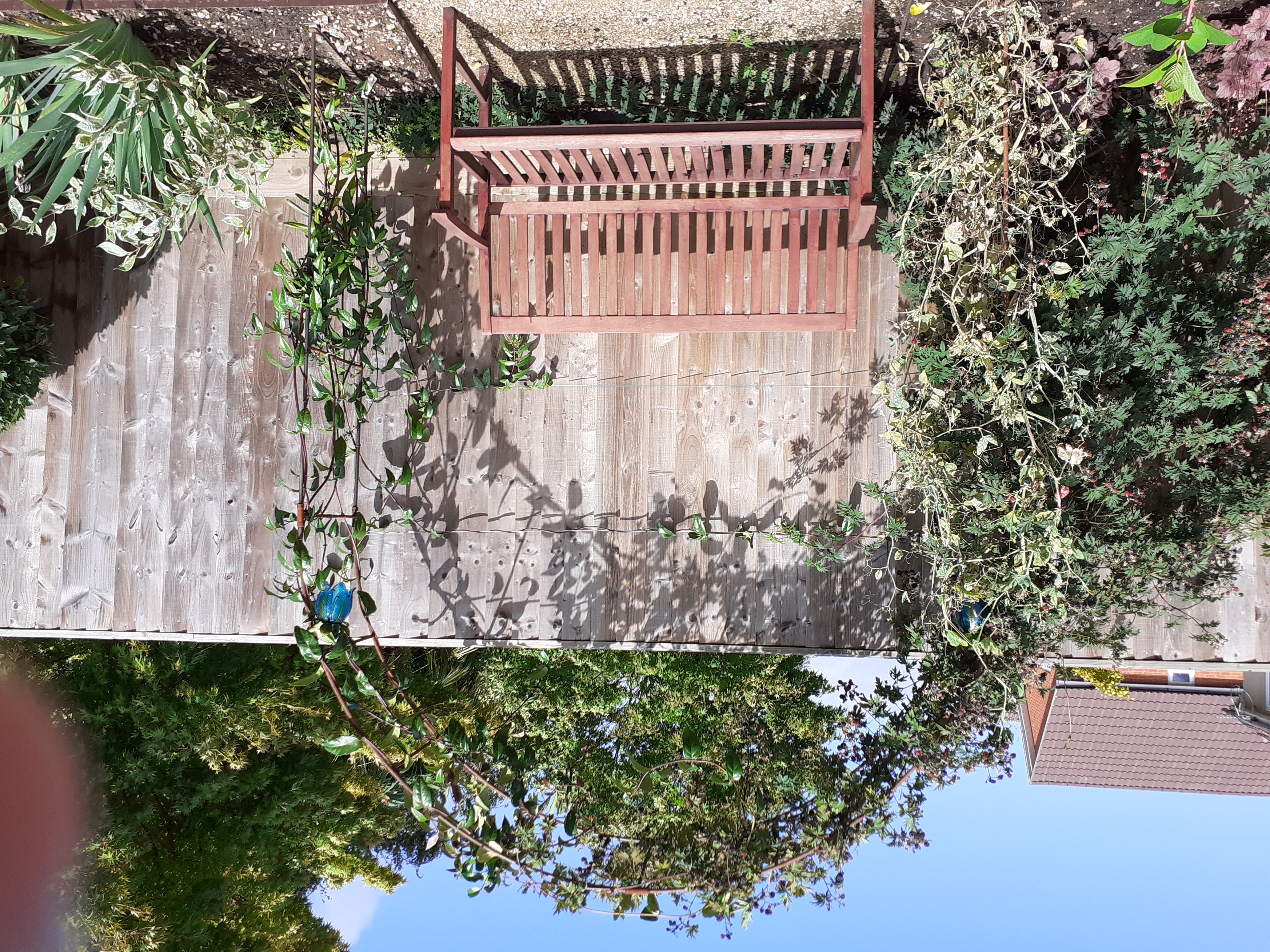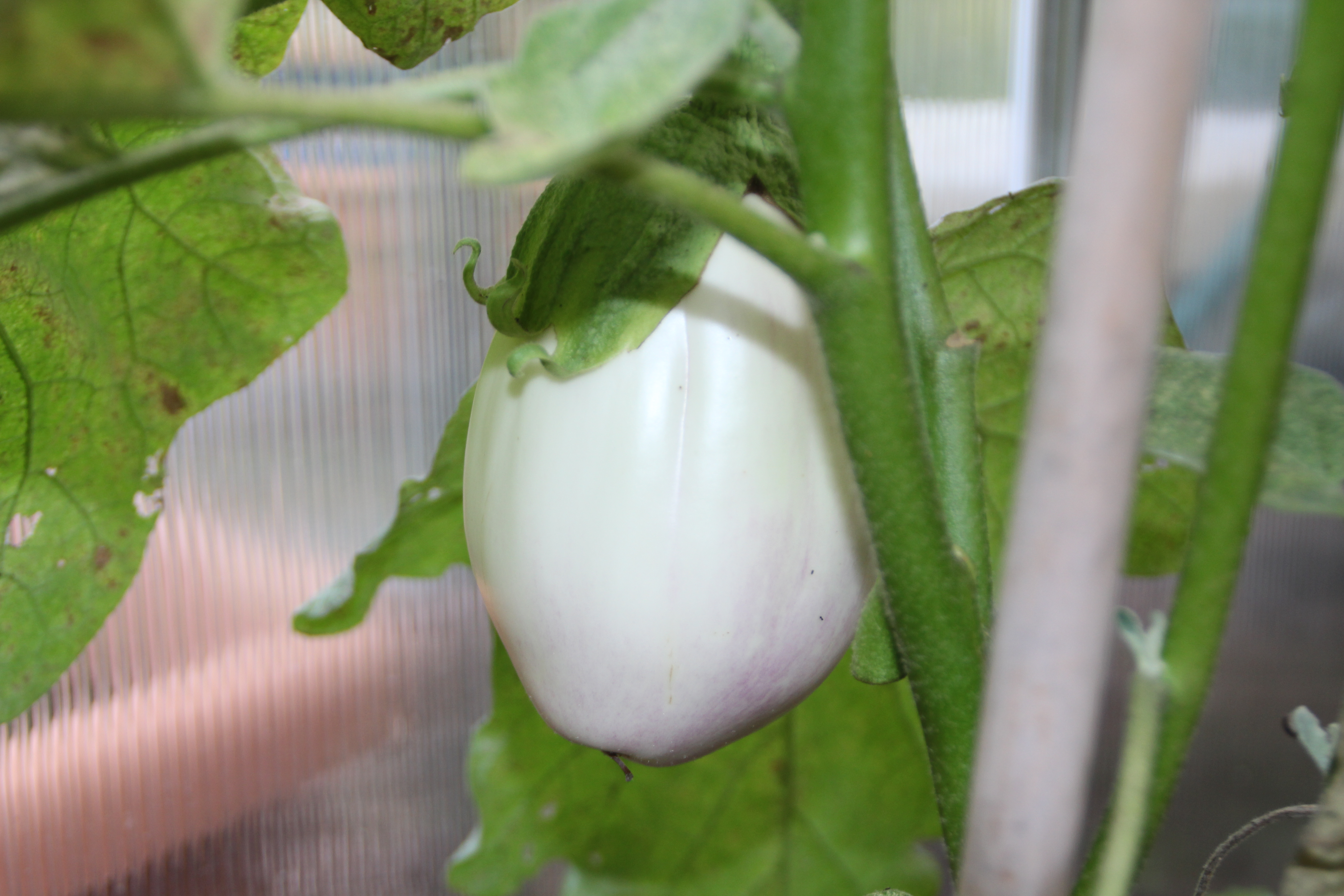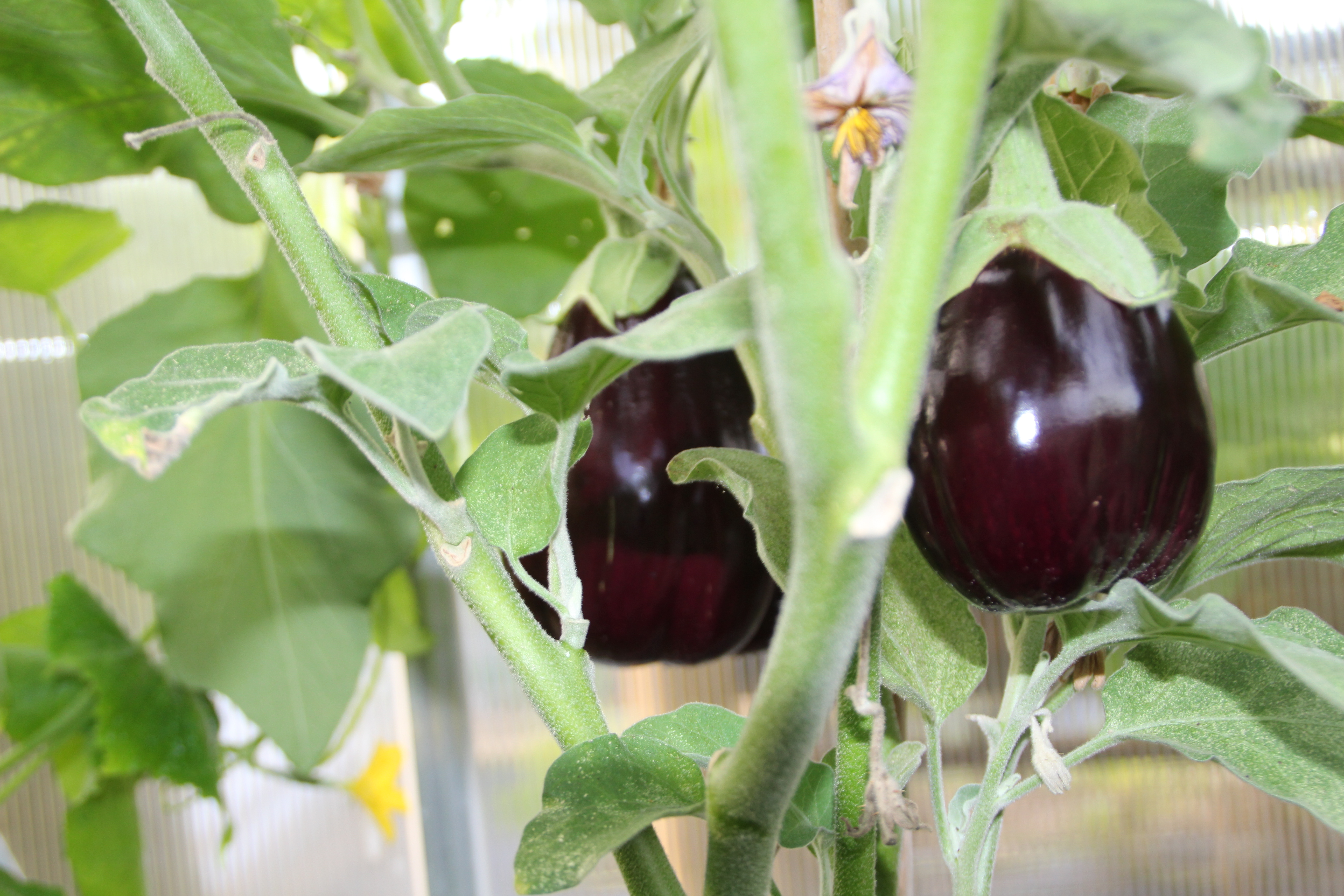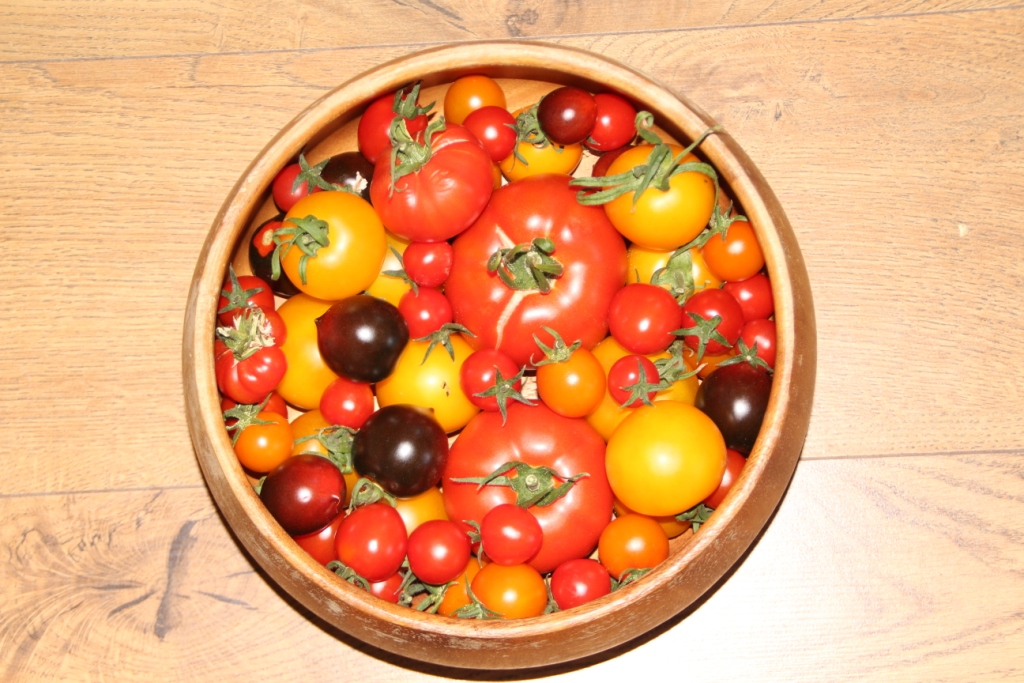We start this month with the annual reminder that the Cookham Flower and Produce Show is now just over a fortnight away. This year the village show is scheduled for Saturday the 17th of September and don’t forget that there are cooking and handicraft classes and a special children’s section as well as the traditional fruit, vegetable and flower classes. The more entries there are, the better the display in the hall, so please support this annual celebration of all things grown and made.
For people (like us) who are feeling that they’ve struggled to get some things growing in the hot and very dry conditions this year, don’t forget that everyone is in the same boat and what you think is disappointing may be marvelled at by other growers. Of course for some crops the weather has been perfect, so the displays of tomatoes and sweet and chilli peppers could be outstanding this year.
The show only makes a spectacle in the village hall if there are plenty of entries, so have a go and support the fantastic band of volunteers who make it happen. You never know you might just end up with a prize winner’s certificate or two.
Entry Forms are in the Cookham Dean Fete programme or available from the organiser Helen Philip (07549 519246 helenphilip@hotmail.co.uk). Entry forms need to be with Helen by 6pm Thursday 15th September at 50, Whyteladyes Lane Cookham Berkshire SL6 9LP with entry fees (50p per class).
So to this month’s favourite plant. By no coincidence, this is a flower and produce show stalwart – the Dahlia. Few flowering plants offer such a range of colours, sizes and forms, with a really long flowering period. Regular dead-heading can see blooms from July through to the first frosts, but September is just about the peak. Here they are as a key component of a prize winning display at the Cookham show…
… and here they are as a central feature of table decorations.
Dahlias used to be considered as quite fiddly to care for, needing to be lifted and stored through winter to prevent the tubers rotting in cold, damp conditions. However, around here these measures seem to be unnecessary as the plants survive quite happily with minimal winter care. Simply cut the stems down to ground level after the first frosts have killed this year’s growth and if you want to give them a bit of extra love, mulch to provide a bit of extra winter protection.
Dahlias are easy to propagate by division and autumn is a good time to do that if plants are getting too big. In this case, do lift the tubers after frost has killed off the foliage and then gently tease apart the tubers. Any piece of tuber that has a clear growing point at the top should spring back into growth next spring. We simply pot up the divided tubers and store the pots in an unheated greenhouse (if there is room) or in a sheltered spot in the garden (next to a wall and in a rain shadow is ideal). This fairly minimal amount of care has given us very good results over the years and as the plants spring back into growth the following spring we re-plant selected specimens and donate the rest to family, friends and charity plant sales.
You can also propagate through cuttings, but this is a job for next spring once growth re-starts.

